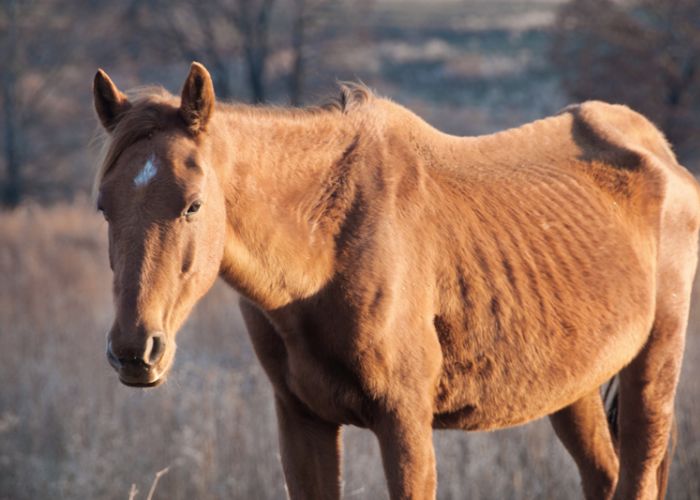Put it in writing
Good written agreements make for better relationships, in disasters and everyday shelter work
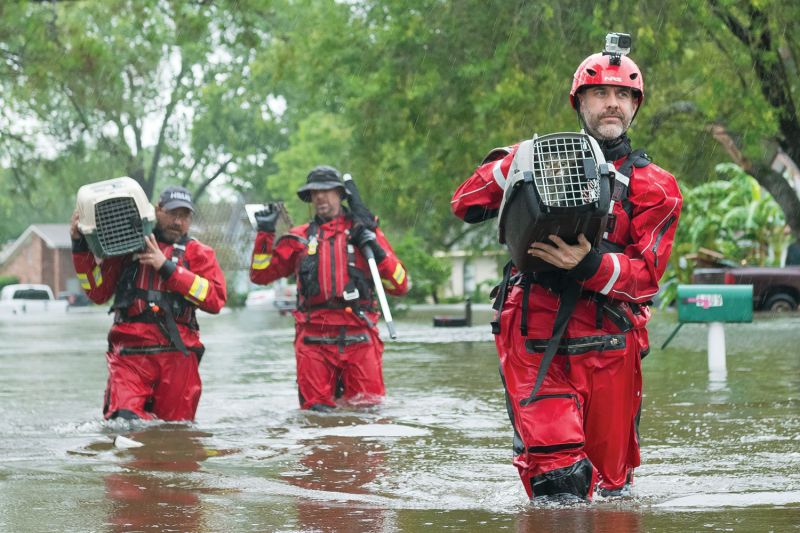
Twelve years ago, Hurricane Katrina left chaos in its wake. Animal welfare agencies across the country hustled to get animals to safety, but the scope of such a massive response made it difficult to coordinate efforts. Sometimes it was hard to tell who was in charge of what, who had the authority to make decisions, or where animals had gone post-evacuation.
Happily, emergency responders learned a lot from Hurricane Katrina. They tested some of this knowledge when Hurricane Sandy struck in 2012, and then in late summer of this year, they met another terrible trial by water brought on by a series of hurricanes. As floodwaters rose, organizations and agencies mobilized a massive coordinated response.
A keystone to these efforts was having well-crafted written agreements between responding agencies and organizations in place, carefully defining the roles and responsibilities each partner would take on. Written agreements “are extremely important not only to define what your level of responsibility is; they provide definition around what the need is and what the response will be,” says Sára Varsa, senior director of the HSUS animal rescue team.
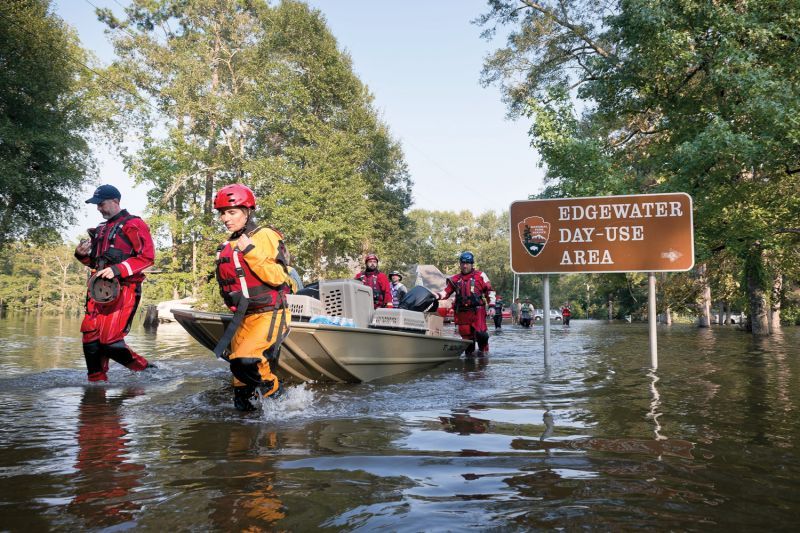
Varsa’s team quickly worked out agreements with various groups in areas impacted by Hurricane Harvey. The agreements detailed what the HSUS team would do and how they would do it, including providing staff support for local animal agencies responding to calls for rescue and transporting animals out of the area.
Thanks to such coordinated efforts, a national network of shelters and rescues was able to begin transporting shelter pets to safe areas, opening up space for owned pets in local animal facilities so their owners could easily reclaim them post-disaster. But these sorts of agreements can play a role in day-to-day animal sheltering and rescue work as well, helping groups come together to work on a range of programs and projects.
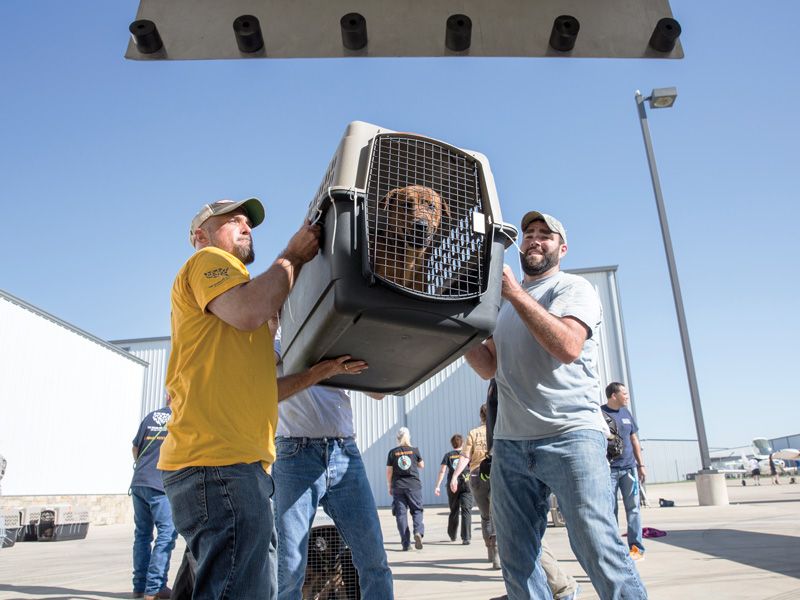
Form follows function
If you’re considering working with another group long-term or are planning to define the particular circumstances in which you’ll work together, there are a number of ways to document those plans for a partnership.
You should think about what you want the agreement to do, write it carefully and have it reviewed by a lawyer to make certain it doesn’t create obligations you didn’t intend. If your goal is to have a legally binding agreement that obligates you and your partner to take certain actions, a contract is a good option. But written agreements can also be beneficial when documenting nonbinding intentions; in common parlance, such nonbinding agreements are often called memorandums of understanding (or MOUs).
An MOU can be simply a written document spelling out expectations in a relationship, says Brandy Kuentzel, general counsel for the San Francisco SPCA. Kuentzel describes them as a “kinder, gentler way to document your intention.”
But she notes that it’s common to confuse an MOU with a contract. The lines between a nonbinding memorandum and an actual contract are complex. You’ll want to get expert legal advice in drafting any written agreement. Entire law school courses are devoted to teaching students how to determine whether a document is a legally enforceable contract.
“There are often blurred lines” between nonbinding MOUs and binding contracts, Kuentzel notes. You may put “Memorandum of Understanding” in the title of the document to signal that the document does not create any binding legal obligations—but what really matters is the document’s content. Kuentzel says she frequently sees documents labeled as MOUs that “end up being a bare-bones, enforceable contract, and people don’t realize that.”
When it comes to the contents of any agreement, whether a binding contract or a nonbinding MOU, the document typically should state the parties entering into the agreement; the date the agreement will terminate (if known); the scope of the agreement; the roles and responsibilities of each party; and, for a nonbinding MOU, language specifying that the agreement is intended to memorialize the understandings among the parties but is specifically not intended to create binding obligations.
Again, getting expert legal advice is critical: A good lawyer will recognize the kind of language that signals a legally enforceable contract. Kuentzel adds that in her experience, “the longer they are, the more they get into contract territory.” But even short documents can create binding obligations on one side or another.
Binding contracts and nonbinding documents can work together, however. MOUs and other nonbinding documents, like letters of intent, can also work to create “a roadmap” to a binding contract, “a way to memorialize key terms and then use [the document] as a guide for something more formal down the road,” Kuentzel says.
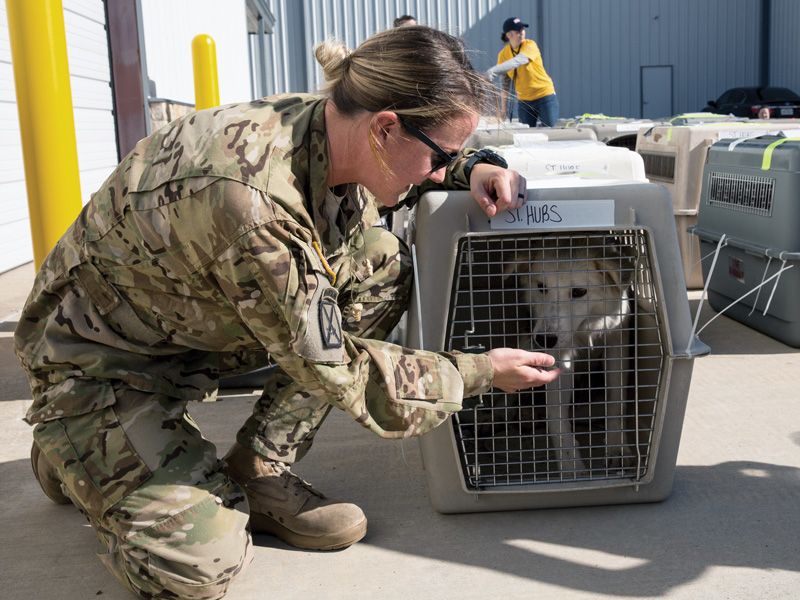
Not just for emergencies
Disasters have been on everyone’s minds of late, but putting written agreements in place in advance of collaborative efforts can be useful to animal welfare groups in plenty of everyday situations. Anyone who has coordinated even a “routine” animal transport knows it’s better to plan ahead.
For example, a transport agreement could detail what pre-transport veterinary treatment will be provided by the sending organization and what documentation will accompany each animal. It may specify what types of dogs will be transferred, with details ranging from behavioral qualifications to ages, sizes and breed types. An agreement might also set parameters for how dogs may be placed by the receiving organization—for example, can the animals be passed on to the receiving organization’s rescue partners? What will happen if an animal cannot be placed for health or behavioral reasons?
Even seemingly small issues can create tensions, so it’s good to get plans documented. For example, says Midge Grinstead, HSUS senior state director for Kansas, “If you’re using someone’s trailer for transport and it breaks down, whose responsibility is it?” Without a clear understanding in advance, the result could be a soured relationship at best, and at worst, a big bill and a burned bridge.
Stacy Smith, executive director of Humane Tomorrow in Flower Mound, Texas, has been transporting Texas dogs to Helping Hounds Dog Rescue in Syracuse, New York, since 2013, and a key to the success of the partnership has been a solid agreement. “It’s so important to think about what might happen,” says Smith. For example, if a dog gets sick en route, which organization will pay the bill should emergency veterinary care be required? Their agreement spells this out clearly so that ambiguity doesn’t end up spoiling an effective partnership. “You want to make sure everyone’s on the same page,” says Smith, adding that a “lack of clarity can actually hinder the partnership by creating confusion.”
The San Francisco SPCA puts written agreements in place when it’s entering into working relationships, even for those that aren’t legally binding, Kuentzel says, and that applies to a wide variety of situations. The organization uses nonbinding MOUs for community and shelter/rescue partnerships, such as its agreement with the municipal shelter and the school district in the city of Stockton, California, to provide an after-school humane education program. An MOU was also the starting point for the SPCA to provide extensive resources, including supplemental staffing, over multiple years to assist the Stockton shelter.
Documenting how you’ll work with another group isn’t just useful when working with an external partner. For large organizations, along with government entities such as municipal shelters, written agreements can be used to guide working relationships among different departments in the same organization. For example, an organization might house both a spay/neuter clinic and a veterinary hospital; a written agreement can help clarify the working relationship between the two and which department performs which elements of the services offered.
Improving grant access
For Unleashed Pet Rescue and Adoption in Mission, Kansas, and its coalition partners in Kansas City, Kansas (KCK, as locals call it), a solid written agreement has been not only the linchpin for their coordinated efforts, but also a passport to grant funding.
According to Susan Hakes Kauffman, board member for Unleashed and HSUS district leader, KCK is “a pretty severe urban environment for people and pets alike.” There was no shortage of shelters and rescues willing to support Kansas City Animal Services, the local municipal shelter, but these groups functioned largely independently, creating confusion and diluting efforts. “We were all trying to do the same things, but we were doing them in our silos.”
Six animal welfare groups got together and decided they could have a greater impact by pooling their efforts and resources. To do so effectively, they needed a written agreement to define how their relationship would work. They started by drafting lists of what each group saw as the key animal-related challenges. Then the groups analyzed a local government survey of KCK residents, identifying where the groups’ concerns overlapped with those of residents. The city’s stray animal population came up as No. 1 across the board.
The coalition devised a spay/neuter strategy, dividing the city by zones and tagging both a low-cost vet and shelter-based outreach team to operate in each. While teams have ownership of their zones, they operate through the same processes, using identical forms, intake procedures and pricing for services—processes that are all stipulated in the coalition’s agreement.
“It really wasn’t as challenging as I thought it would be to get everybody on the same page,” says Kauffman, adding that the exercise also helped to build goodwill among the organizations.
Plus there was a big incentive—money. The collaboration “made it a heck of a lot easier to apply for grants” because the coalition could demonstrate more impact, Kauffman says. The group established a centralized fund to distribute grant funding. And it worked; the coalition was successful in winning a large grant to kick off its efforts.
When put together thoughtfully, written agreements help to facilitate collaboration and engender successful partnerships by making sure that everyone involved understands their own role and responsibility in a given project or response. As Grinstead puts it: By writing it down, you ensure that you get what you need when you partner with other organizations—rather than getting a bigger problem.



